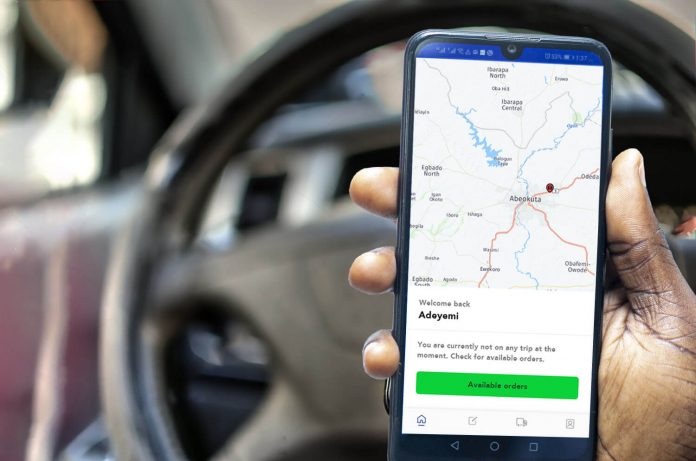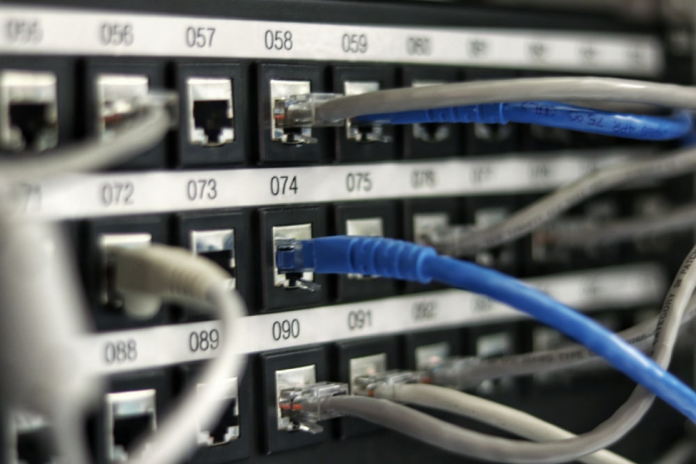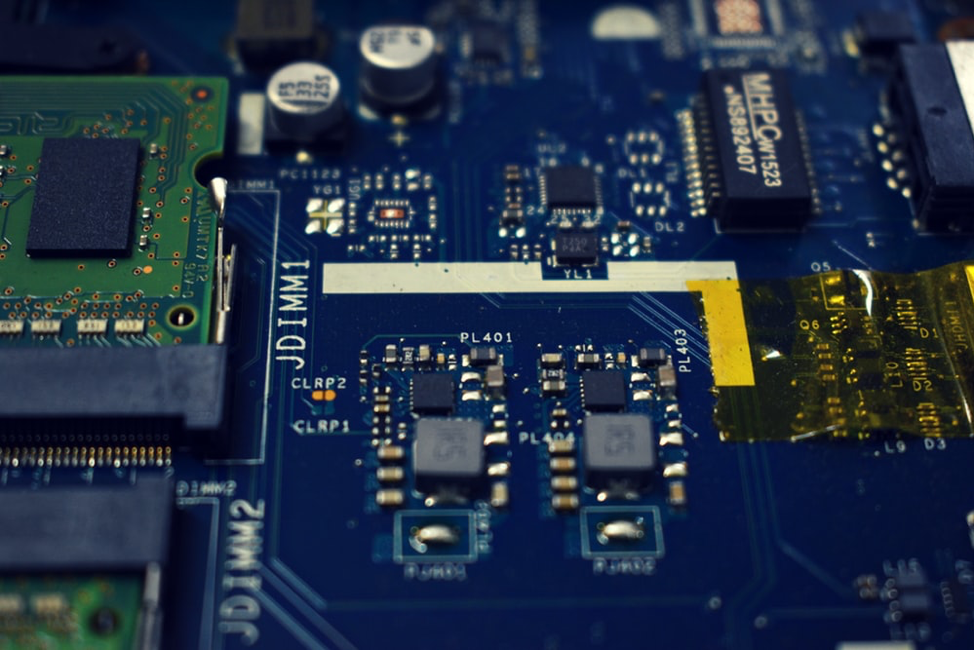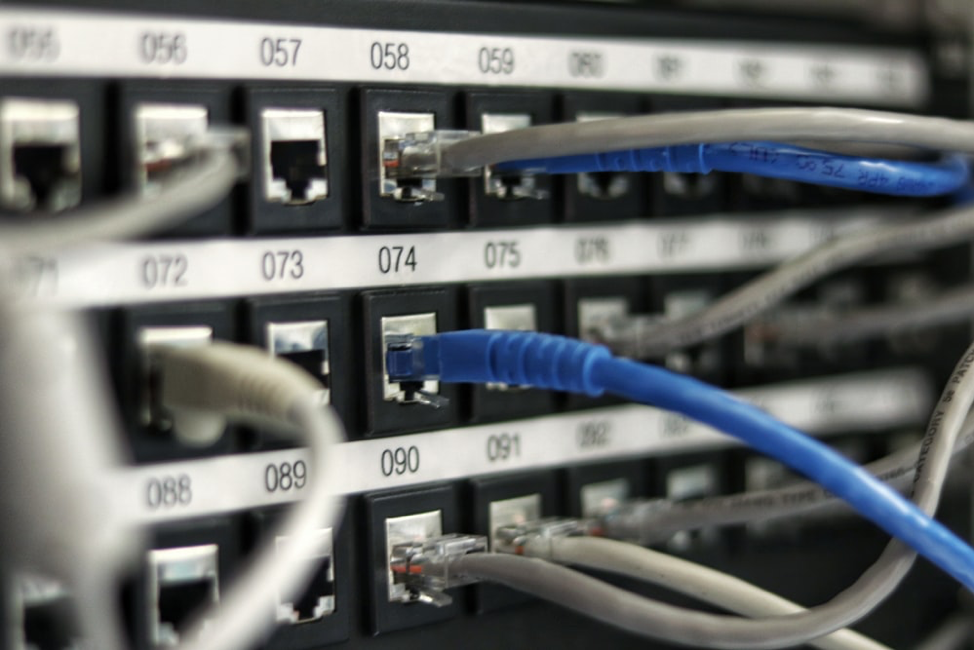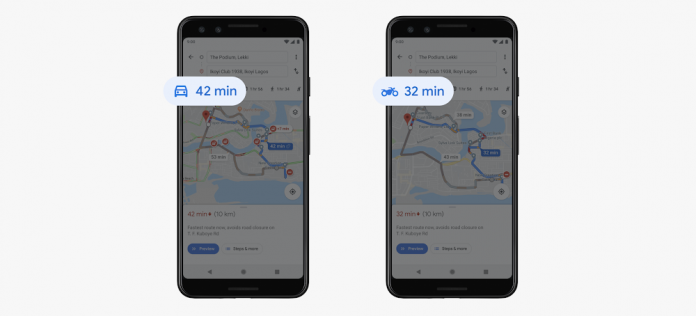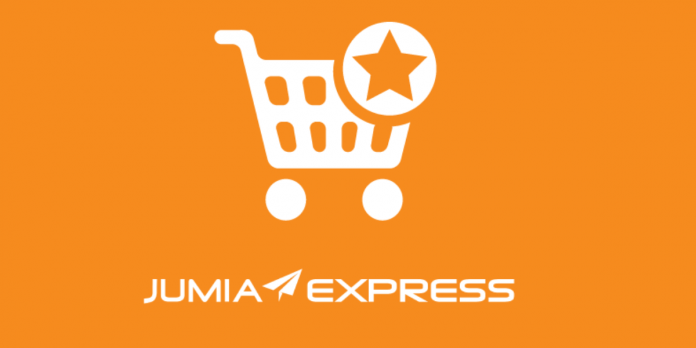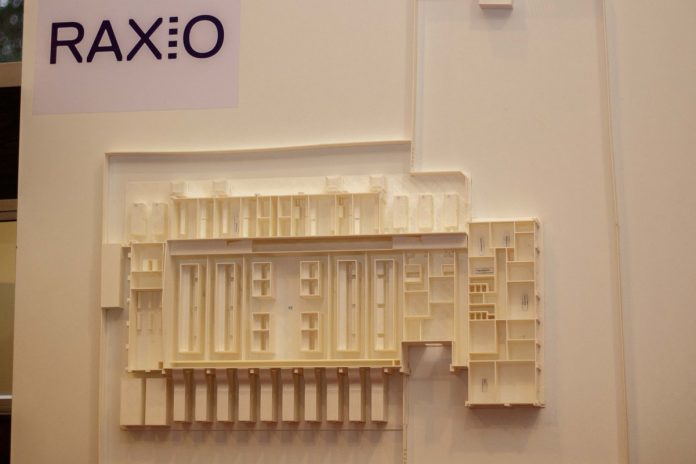For every parent, the safety of their children remains a top priority, be it
online or offline. Gone are the days when parents could easily send their
children out for playing with their friends or hanging out with them without
getting worried.
With the number of dangers lurking out there, it is not safe to send your
children outside without keeping a proper check on their whereabouts. Parents
need to take some precautionary steps as they allow their children to step
outside by deploying cell phone spy
software on their cell phones.
A cell phone spy software will help keep track of their location and give
you updates of all the places your child visits after their school time. These
cell phone spy apps have given a sense of relief and security to parents as
they can track their children in real-time.
Parents may want to keep tabs on their kid’s location for their safety and
their own sanity. Whatever your reason may be for tracking your kid’s location,
the good news is that there are several cell phone tracking apps that can help
you track your child’s location.
Why Do You Need to
Track Your Kid’s Location?
Tracking your child’s location has become a necessity these days because
your child is not safe outside the territory of your house. If your child lives
far away from their house even then you would need to track their whereabouts
to make sure they are safe.
Knowing where your child is probably the most comforting thing you can
experience. In fact, cell phone tracking applications have made our lives
easier because they help us track our loved ones. When you know your child is
safe out there, you become relieved and confident.
The best thing about cell phone spy apps is that they let you know where
your child is without them knowing. While children do not like parents invading
their privacy or keeping tabs on their whereabouts, you can still go ahead and
track their location by using a cell phone spy app because they are
undetectable.
Most cell phone spy apps have the ability to spy on someone’s cell phone
location without them knowing. Since children do not like their parents spying
on their activities, parents can use cell phone spy apps to track their
location in a secret way.
And cell phone spy apps not only help you track their location. These spy
apps are capable of so much more. For instance, with the help of a cell phone
spy app, you can monitor their web browsing activity, chats, phone calls, and
text messages. You can also see what they have been doing on their social media
accounts.
Similarly, apart from parents, any person can make use of a cell phone
tracking app to check on their loved ones. For instance, if you are suspicious
of your partner’s recent activity and want to find out whether or not they have
been meeting someone else behind your back, then you can consider deploying a
spy phone app on their phone.
This will help you know if your partner is loyal and sincere to you. You can
track all the places your partner visits. If you find them visiting an unknown
place, you can go there by yourself and find out who they have been meeting
secretly. While it may be considered illegal to spy on someone’s activity but
if you have a valid reason for doing so, you do not need to worry.
Track Your Kid’s
Location Using a Cell Phone Spy App
A cell phone spy app can be used as a cell phone tracking app to monitor
someone’s location and find out where exactly they are. A good and genuine cell
phone spy app is compatible with all the devices including Android and iOS.
Using these apps, it becomes quite easy to find out the exact whereabouts of
your loved ones, especially your children. Apart from simply tracking your
child’s cell phone location, these apps can also help you monitor their call
logs, track their text messages and social media accounts, and monitor their
web browsing activity.
A cell phone spy app like Mobistealth
makes use of GPS technology to find out the exact location of your child. Even
if the GPS of your child’s cell phone is not working, the spy phone app manages
to track their location and send you timely updates of their location to your
online dashboard.
You only need to follow some basic steps to use a cell phone spy app in
order to track your child’s location. First, you need to sign up on the spy
app’s website and create an account. After that, you will download the app and
get it installed on your child’s device.
You will require physical access to your child’s device in case they are
using an Android phone. However, there is no need to get hands on your child’s
phone if they are using an iOS device because for an iOS device, you only need
their iTunes credentials to get access to their cell phone.
As soon as the spy phone app is installed on your child’s phone, it will
start locating their whereabouts and mark all the locations that they visit.
The app will send you timely updates of their location on your online dashboard
from where you can remotely monitor their location.
The online dashboard lets you monitor your child’s location in a convenient
way. Besides your child’s location, you will be able to remotely monitor many
other things of their cell phone in real-time. You can also find out who your
child is interacting with online by reading their private chats. So, apart from
tracking their whereabouts, you can also know who your child meets after
school.
Cell phone spy apps will provide you with your child’s location any time you
may need it. Reliable and professional spy phone apps are versatile,
cost-effective, and really easy to use. Plus, they do not even let your child
tamper with them as they stay hidden on their cell phones.


